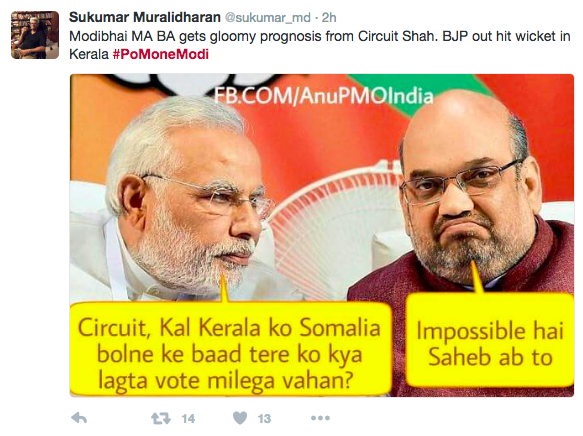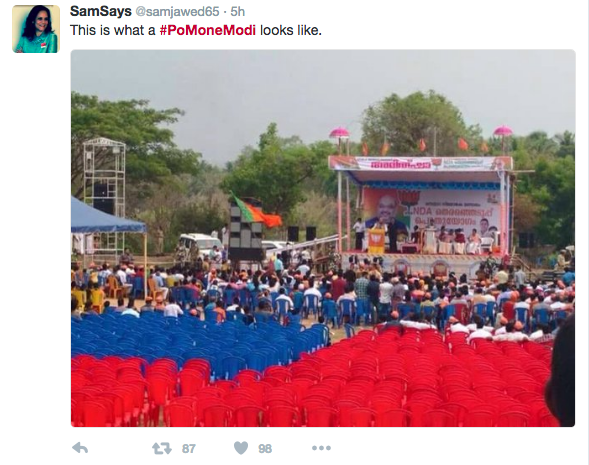Transfer criminal cases out of the district and hand over the probe to an indepedent agency, NCST Recommends

Image: Muslimmirror.com
Tha National Commission of Scheduled Castes and Tribes (NCST), has, in a 15 page report, has recently concluded that there is a serious breakdown of discipline among security forces deployed on anti-Maoist operations in south Chhattisgarh. The report was the result of a probe by the NCST into three instances of mass sexual violence against Adivasi women—all hard scrabble subsistence farmers—including gang rapes, as well as assaults, and looting by the police and paramilitary forces, in the Bijapur and Sukma districts of the state.
The violence reportedly took place in October 2015 (in Bijapur) and in January 2016 (in Bijapur and Sukma) by contingents deployed on anti-Maoist operations Journalists, lawyers and adivasis have been violently hounded in Chhattisgarh in what is being termed as a state of complete impunity especially after the re-instatement of inspector general of police Kalluri as head of operations. The serious conflict that has impacted the Adivasi population, women, men and children has also been widely ignored by 'national media and television.'
Over the past six months, Chhattisgarh has also witnessed a spiral of attacks on journalists, human rights activists and lawyers. Independent and non-partisan reportage appears to seriously threaten the current dispensation.
The Commission has recommended that the local police should not handle these cases. The Criminal Investigation Department (CID) should investigate the charges levelled by the tribal women and the probe should be fast-paced and time-bound. The victims claimed that they have also been robbed by the security forces of their chickens, eggs and other food items; this seems to be an unchanging and brutish pattern for many years. Besides, in these backward and poverty-stricken interior areas in dense forests, the victims should be financially compensated, the Commission has stated.
Vigilante groups like the Samajik Ekta Manch and Mahila Ekta Manch, reportedly backed by the BJP regime and the police top brass, have added to the state of terror, with mobs often calling the shots. Under severe criticism, chief minister Raman Singh has dissolved the vigilante groups and ordered a probe. However, locals allege, no substantial change has occurred on the ground.
The report was the result of a probe by the NCST into three instances of mass sexual violence against Adivasi women—all hard scrabble subsistence farmers—including gang rapes, as well as assaults, and looting by the police and paramilitary forces, in the Bijapur and Sukma districts of the state. The violence reportedly took place in October 2015 (in Bijapur) and in January 2016 (in Bijapur and Sukma) by contingents deployed on anti-Maoist operations.
A three-member NCST team led by the commission’s chairperson Rameshwar Oraon visited Chhattisgarh between April 3 and 5 to probe the charges of violence. On 29 April, the commission finalised its report. It terms the investigations into the charges “unsatisfactory,” adding that “no progress has been made in identifying” the security personnel who attacked the women villagers. “The statements of all the complainants are yet to be recorded,” the report notes. The commission recommends that the investigation be taken away from the district police authorities, and handed over to the criminal investigation department of the state, and suggests a judicial enquiry. The report stresses that, if the investigation is to be “credible,” these steps are essential.
The commission found that for all three cases, the district police had set up “special teams” of two or three members of police personnel to investigate the violence. However, despite the six months that had passed since the October complaint and the four months since the January ones, these teams have made no arrests, nor have they filed charge sheets.
“Transferring the cases out of the district is necessary, because those responsible for investigating the crimes are themselves involved,” Oraon, the commission chairperson, told me on May 9. The NCST report notes that the commission sensed a breakdown of discipline among security forces deployed on search operations. Unless commanding officers enforce appropriate supervision, the report says, it would be impossible to prevent such acts of violence.
Last October, in Pegdapalli, Chinnagellur, Peddagellur, Burgicheru, and Gundam villages of Bijapur, three women, including a teenager and a pregnant woman reported being gangraped by members of security forces. Several others complained of sexual assaults and molestation. This January, 13 women from Bijapur’s Nendra village reported being gang-raped by security forces personnel, some of whom reportedly carried out the assaults inside the women’s homes. The attackers belonged to a contingent that stayed in the village from 11 to 14 January, while on an anti-Maoist operation. In Sukma’s Kunna village, several women reported being sexually assaulted by security personnel on 12 January. In all three instances, many villagers complained that members of these forces had also beaten them, ransacked their homes and looted money, food, and other possessions.
In its report, the commission strongly criticises the police for its reluctance to file the FIRs in the January cases, and the delay in conducting medical examinations of the survivors, thus undermining potential evidence. The FIRs were delayed despite a 2013 Supreme Court ruling that an amendment to India’s anti-rape laws makes it mandatory for the police to file a case as soon as a complaint of sexual violence is brought to them. For instance, in Sukma, the 12 January violence was reported on 15 January to authorities, but the police lodged a FIR only on 27 January, that too following persistent efforts by local Adivasi leaders such as Manish Kunjam.
With scores of remote forested villages, Bijapur and Sukma districts form part of the heavily militarised epicentre of a decade-long conflict between the Indian paramilitary and police forces and Maoist rebels, which has taken over 7000 lives already. Over a third of the casualties are civilians, killed by combatants on either side. While there have been several reports of sexual violence in Bastar over the years, the October 2015 complaint from Bijapur was the first instance of a formal FIR being lodged that charged male combatants with rape. It also marked the first time the state government invoked the Section 376(2)(c) of the Indian Penal Code, which was introduced into the IPC after the 2013 amendments to the anti-rape laws. This provision deals with sexual crimes by armed personnel.
The NCST’s attention was drawn to the violence by Hindi and English press reports on the violence, between November 2015 and February 2016. In a letter dated 25 February 2016, the NCST asked the Chhattisgarh state government for a report. It sent a reminder on 11 March. Since the government provided no response, the commission decided to travel to the state and get information first-hand.
Speaking to sections of the media, Dr Rameshwar Oraon, chairperson of the Commission, who headed the investigation, said, “I am a former police officer and I fully understand if the statements are true or concocted. I have met the tribal women who have suffered all these painful acts; they were all speaking nothing but the truth.” The commission will submit its report to the Union home ministry in early May. The report will also go to Raman Singh, the state’s home secretary and its chief secretary.
When Oraon and his team visited Chhattisgarh, they did not travel to the actual villages in Bijapur and Sukma where the violence is reported to have taken place—authorities in the state advised them to not do so, saying it was unsafe. Instead, the team met several women complainants in the district headquarters of Bijapur town. These included 8 women from Nendra, who told commission members that members of the security forces had raped them. Other women narrated being assaulted by members of the force. According to the report, several other affected villagers were unavailable since they had migrated to the neighbouring state of Telangana for seasonal work.
In Bijapur, the commission met with lawyers and women activists who had helped guide the Adivasi women villagers through the legal procedures. It also met with district police officials in charge of the investigations, as well as the state government’s chief secretary and home secretary, and senior police officials in Raipur.
Non Application of the SCST Atrocities Act
Despite allk the criminal complaints being from Adivasis, the NCST Report finds, the police did not apply relevant provisions of the Scheduled Castes and Scheduled Tribes (Prevention of Atrocities) Act. By not including such provisions in the FIR, the authorities are undermining the seriousness of the charges, says the report, and preventing the villagers from getting the monetary compensation to which they are legally entitled. The Atrocities Act, which was amended in January 2016 , with amended rules issued in April 2016, mandates an investigation and filing of chargesheet within 60 days of the FIR being lodged. The new rules also provide for monetary compensation ranging from 2 lakh rupees to 8.25 lakh rupees for survivors of sexual violence. The report also notes the government must pay monetary compensation to villagers who have suffered in the violence.
The report argues that conditions for sexual violence are being created due to forces living in villagers’ homes during operations, and the absence of women officers in the deployed units. Taking cognisance of the numerous reports of looting, the report also notes that the state forces personnel are not paid the same monthly allowance as those of the Central Reserve Police Force. It recommends that the state government increase the monthly allowance of its forces to bring it on par with the CRPF—which is, to increase it from Rs 600 to Rs 2400.
SCST chairperson Oraon reportedly plans to write to the Chhattisgarh chief minister Raman Singh this week with a copy of the report and urge speedy action on the commission’s recommendations. Thereafter a follow-up will be requested.
Human rights lawyer Shalini Gera of the Jagdalpur Legal Aid Group, which has been providing free legal assistance to prisoners in five districts of Chhattisgarh, was forced to leave Bastar on February 20. She and her colleagues have been receiving threats from the Samajik Ekta Manch.
In July 2015, an adivasi journalist, Somaru Nag, who has been writing on rural issues, was arrested on the charge of being a ‘Maoist sympathiser’. On September 25, 2015, Santosh Yadav, another journalist, who writes for Navbharat Times and Dainik Chhattisgarh, was arrested for allegedly associating with a ‘terrorist’ organisation. On November 1, 2015, adivasi women from Pedagelur village in Bijapur filed an FIR alleging rape and sexual assault by security forces between October 19 and 14. The women’s bid for justice was assisted by local activists, including eminent researcher and human rights activist Bela Bhatia. Consequently, Bela Bhatia was viciously targetted. On January 15, 2016, adivasi women from Kumna village, Sukma, filed an FIR alleging violence and sexual assault by security forces on January 12. The women were assisted by local activists, including Soni Sori. On January 18, adivasi women from Nendra, Bijapur, tried to file an FIR alleging rape and sexual assault by security forces between January 11 and 14. The police initially refused to register the FIR but, later, under public pressure, agreed to do so.
A certain eerie form of witch-hunting continues. Activists claim that the administration has pressured those who have rented their houses to journalists and lawyers to evict them. Malini Subramaniam, journalist with Scroll, was attacked by Samajik Ekta Manch cadre, tacitly backed by the police. She was falsely branded a ‘Maoist agent’ as is the norm here with regard to anyone the BJP government and police decide to target. Violently attacked and hounded, she was forced to leave her rented house in Jagdalpur. Human rights lawyers Gera and Isha Khandelwal were similarly attacked. They were asked to vacate their rented accommodation in Jagdalpur.
In February, Alok Putul, a journalist with BBC Hindi, was forced to abandon an assignment in Bastar after receiving threats. Activist Soni Sori was attacked with a dangerous chemical substance thrown at her face. Journalist Prabhat Singh has been arrested for a Whatsapp message making fun of a police official. Journalist Deepak Jaiswal was arrested on the basis of a seven-month-old complaint. “A reign of terror has been unleashed by Raman Singh and his loyalist cops,” says a local journalist.
The Editors Guild of India investigated the attacks on the media. Its fact-finding committee visited Bastar and other areas and concluded that there is a deep sense of fear among journalists and the democratic space is shrinking.
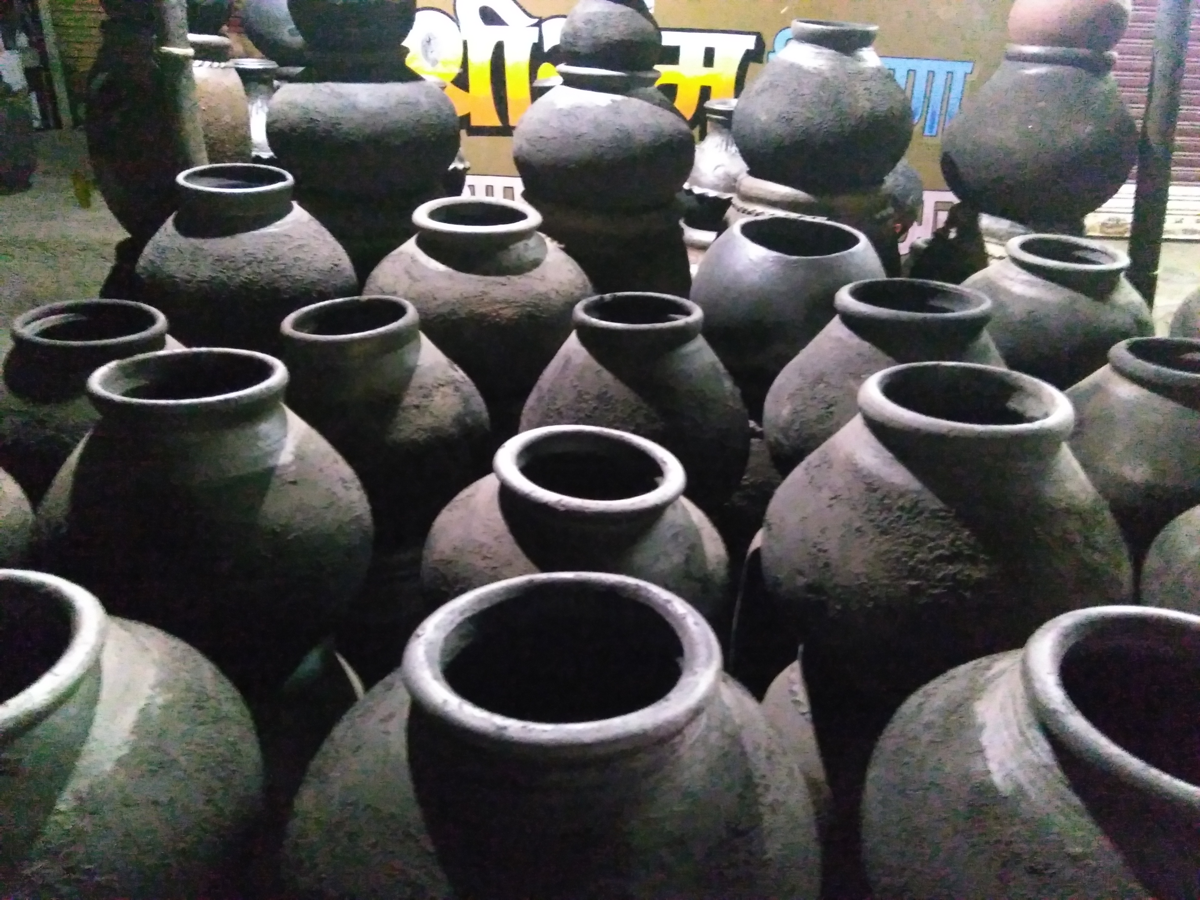

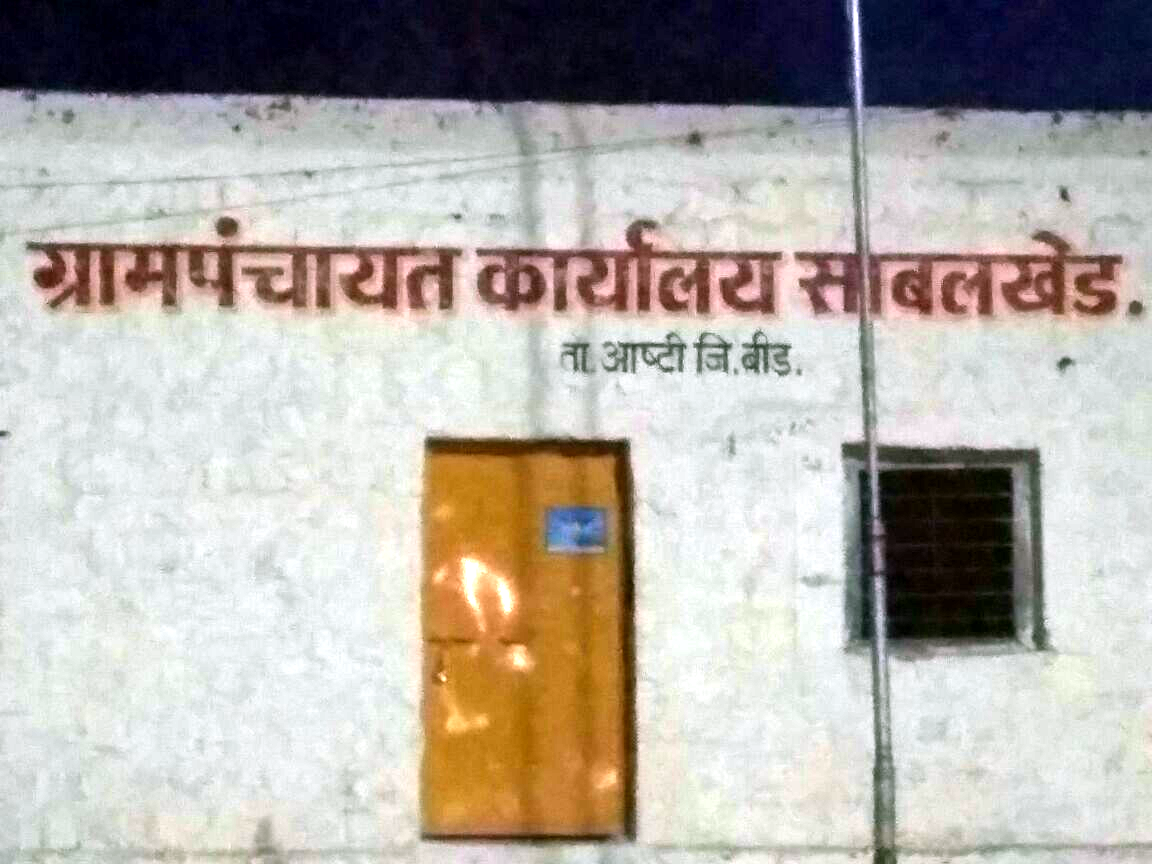
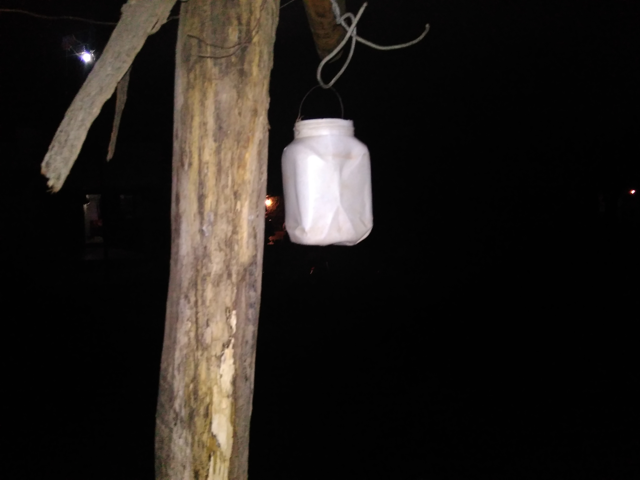

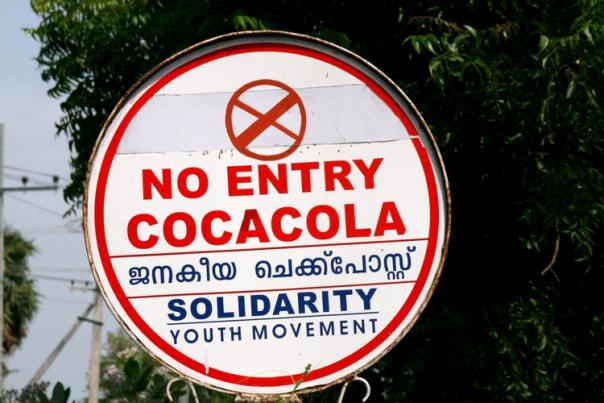
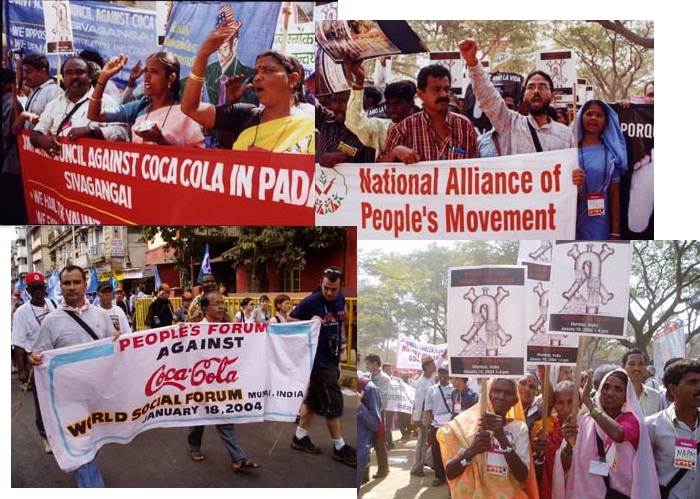



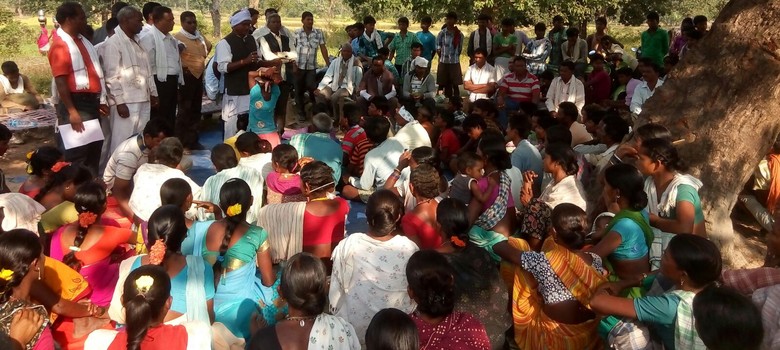
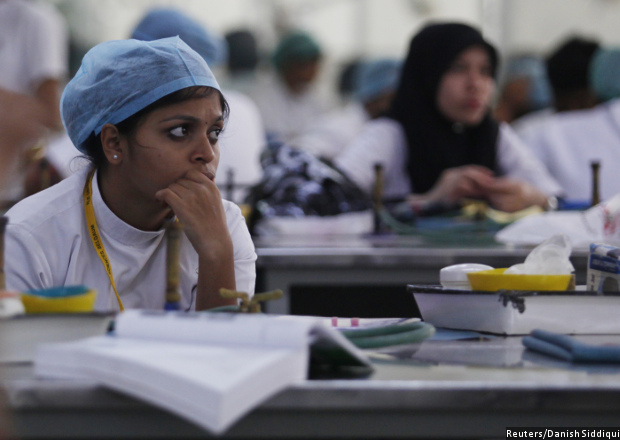
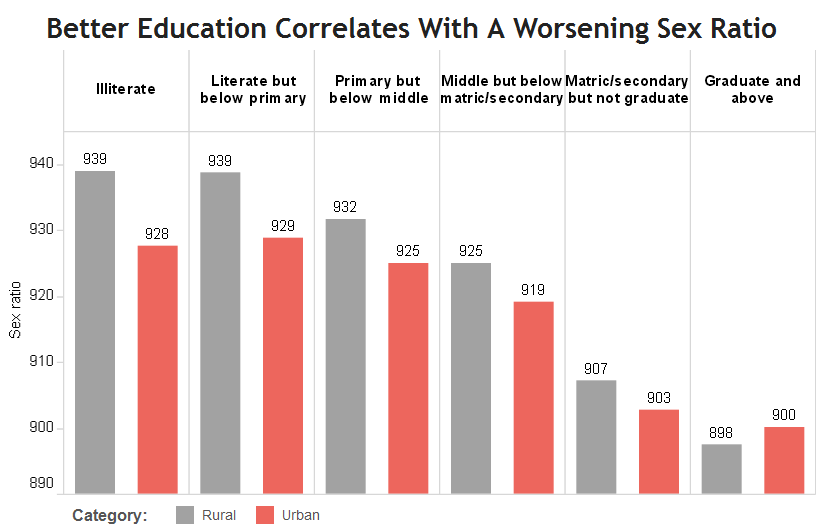

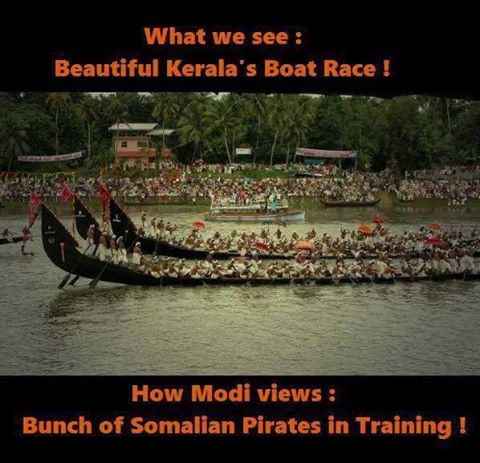
.jpg)
.png)
.png)
